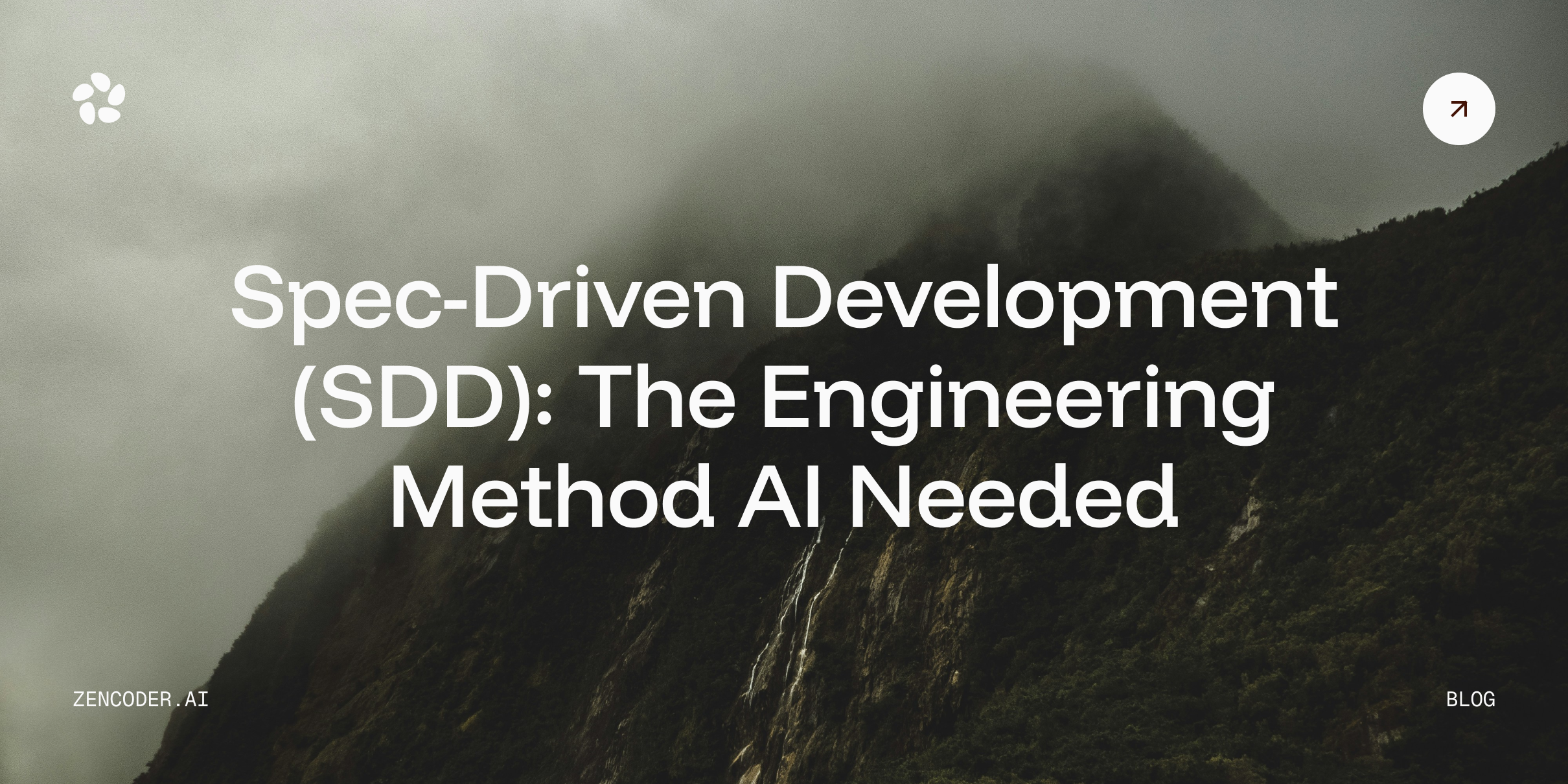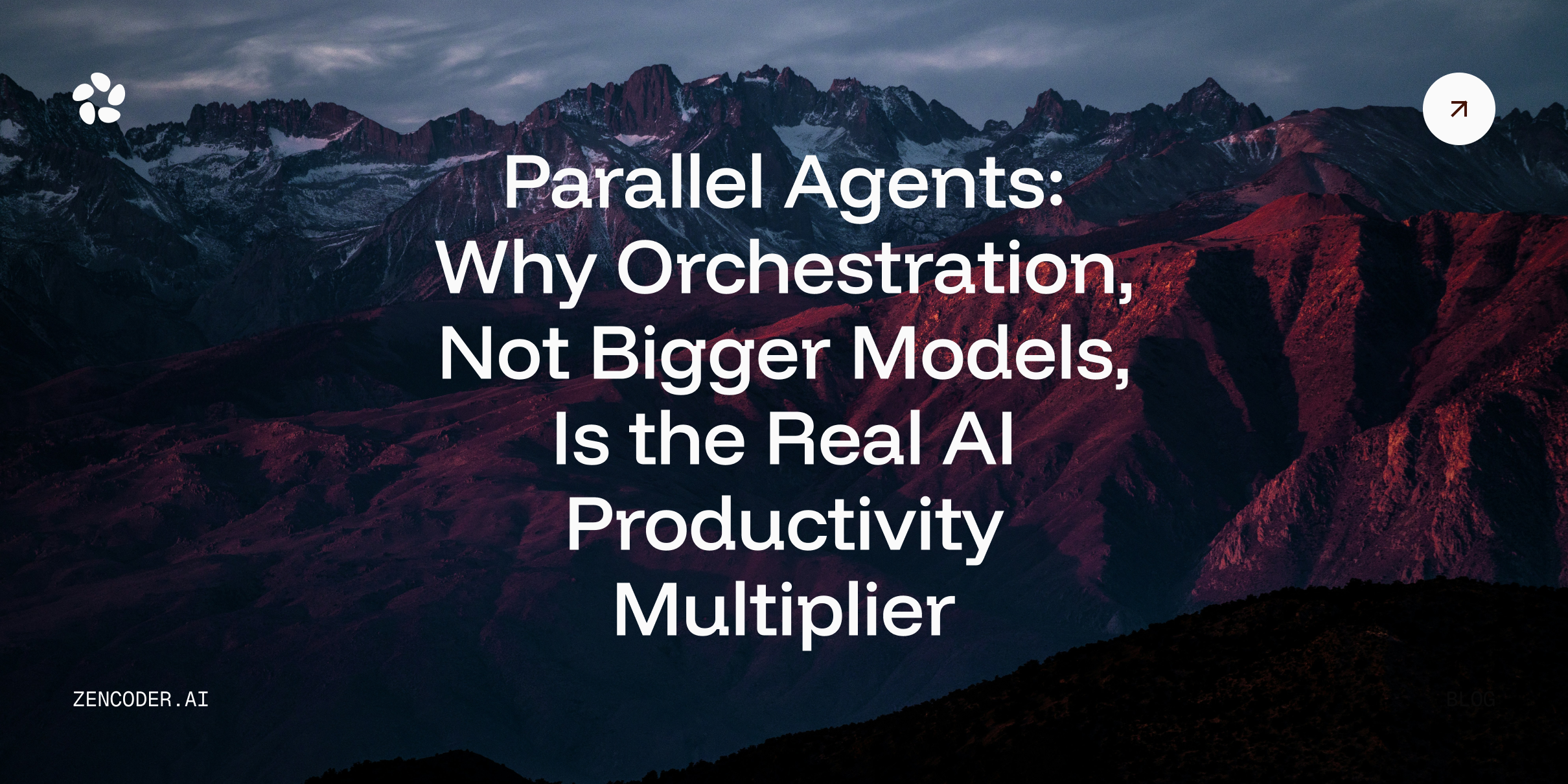You're a developer, coffee in hand, ready to tackle the day's coding challenges. But you're not alone. Sitting right next to you, metaphorically speaking, is your trusty AI coding assistant.
AI coding generators have been making waves in the developer community, and for good reason. They're changing the way we write code, debug issues, and even think about software development as a whole. But what does it really look like to work with one of these digital sidekicks day in and day out? Let's take a journey through a typical day in the life of a developer with an AI coding assistant by their side.
Morning Routine: Planning and Brainstorming
7:30 AM: The alarm goes off, and our developer – let's call her Sarah – grabs her phone. She's got a notification from her AI assistant reminding her about today’s main goal, along with the sprint goal: implementing product recommendations.
8:30 AM: Sarah settles in at her desk, fires up her development environment, and activates her AI coding assistant. "Good morning," she types. "Let's review the project goals for today."
In seconds, the AI presents a summary of the feature requirements, along with suggestions for potential libraries and frameworks that could be useful.
Sarah: "Can you suggest a simple way to implement product recommendations?"
AI: "Certainly! Here's a basic collaborative filtering approach using Python:
This function creates a user-item matrix, calculates user similarity, and returns top recommendations based on similar users' ratings. Would you like me to explain how this works in more detail?"
Sarah: "This is great! Can you explain how it works?"
The AI then provides a detailed explanation of collaborative filtering, its pros and cons, and how it fits into Sarah's specific project context. This kind of instant access to knowledge and code examples is a game-changer for Sarah's productivity and learning.
9:30 AM: Coding with AI Assistance
With a clear plan in mind, Sarah dives into coding. As she types, her AI assistant is constantly analyzing her code in real-time, offering suggestions to improve readability, prevent errors, and adhere to best practices.
Sarah types:
AI chimes in: "We can simplify this using a list comprehension:
This achieves the same result more concisely. Would you like me to explain how this works?"
Sarah is impressed. The AI's suggestions not only make the code more efficient but also introduce concepts she hadn't considered, like using list comprehensions for cleaner code. She implements the changes, feeling confident that her code is becoming more robust with each iteration.
11:00 AM: AI-powered Debugging
Sarah encounters a bug in her recommendation function. She asks her AI assistant for help.
Sarah: "My recommendations function is returning duplicate items. Can you help?"
AI: "Let's check for duplicates in your data:
If duplicates exist, you can remove them with:
This should resolve the issue of duplicate recommendations."
Sarah runs the suggested code and finds that there are indeed duplicate entries in the ratings DataFrame. The AI then guides her through the process of removing these duplicates and updating her recommendation function to handle this edge case.
This interaction showcases the power of AI-assisted debugging. Instead of spending hours trying to locate the source of the bug, Sarah was able to quickly identify and solve the issue with the AI's guidance. The AI not only pointed out the problem but also provided a learning opportunity, explaining why the bug occurred and how to prevent similar issues in the future.
12:30 PM: Lunch Break and Learning
As Sarah takes a break for lunch, she decides to use this time to learn more about recommendation systems. She asks her AI assistant for some resources.
Sarah: "Can you suggest some good articles or videos about advanced recommendation system techniques?"
The AI responds with a curated list of resources, including recent research papers, video tutorials, and online courses. It even provides a brief summary of each resource, helping Sarah decide which ones are most relevant to her current project.
This kind of on-demand learning, tailored to Sarah's specific needs and interests, is another way that AI coding assistants are transforming the developer experience. They're not just tools for writing code; they're also personal tutors, always ready to help developers expand their knowledge and skills.
1:30 PM: Afternoon Efficiency Boost
After lunch, Sarah is ready to tackle some of the more repetitive tasks on her to-do list. This is where her AI assistant really shines, helping to automate mundane tasks and free up Sarah's time for more creative work.
First up is code formatting. Instead of manually adjusting indentation and line breaks, Sarah simply asks her AI assistant to format the entire codebase according to the team's style guide. In seconds, the job is done, ensuring consistency across the project.
Sarah uses her AI assistant to automate repetitive tasks, like generating basic unit tests:
Sarah: "Can you create a simple unit test for the get_recommendations function?"
AI: "Here's a basic unit test using pytest:
This test checks if the function returns the correct number of recommendations and excludes items the user has already rated."
3:00 PM: Code Review and Collaboration
As the day progresses, Sarah's teammates start reviewing her code. The AI coding assistant plays a crucial role in this process too, acting as an additional pair of eyes to catch potential issues.
When Sarah's colleague, Mike, leaves a comment asking about the efficiency of a particular function, Sarah turns to her AI assistant for help.
Sarah: "How can I optimize this function?"
AI: “We can optimize this using set operations:
This approach is more efficient, especially for larger lists.”
Sarah implements these suggestions and replies to Mike's comment with a detailed explanation, backed by the AI data analysis. This collaboration between human developers and AI leads to higher quality code and faster iteration cycles.
4:30 PM: Learning from AI
As the workday winds down, Sarah realizes she's learned several new techniques today, all thanks to her interactions with the AI coding assistant. From the collaborative filtering approach to efficient set operations, she's expanded her skill set without ever leaving her IDE.
Sarah: "Can you summarize the key concepts we've covered today?"
The AI provides a concise summary of the day's learnings, including:
- Collaborative filtering techniques for recommendation systems
- Efficient use of list comprehensions and set operations in Python
- Basic unit testing with pytest
- Code optimization strategies
This kind of daily learning, facilitated by the AI, helps Sarah stay up-to-date with best practices and continuously improve her coding skills.
5:30 PM: Wrapping Up and Documentation
As Sarah prepares to call it a day, there's one last task on her list: updating the project documentation. In the past, this was often a rushed, afterthought process. But with her AI assistant, it's become much more manageable.
Sarah: "Can you provide a docstring for the get_recommendations function?"
AI: "Certainly! Here's a concise docstring:
This docstring provides a brief description, explains the parameters, and specifies the return value."
Sarah reviews and edits this draft, adding her own insights where necessary. The result is comprehensive, up-to-date documentation that will be invaluable for her teammates and future maintainers of the code.
Conclusion
As Sarah shuts down her computer and heads home, she reflects on the day. Working with an AI coding assistant has transformed her development process in numerous ways:
- Increased Productivity: Routine tasks like code formatting and basic test generation are now handled in seconds, freeing up time for more complex problem-solving.
- Continuous Learning: Every interaction with the AI is a learning opportunity, exposing Sarah to new techniques, best practices, and cutting-edge concepts in software development.
- Enhanced Code Quality: With real-time suggestions and an extra layer of code review, the overall quality of Sarah's code has improved significantly.
- Efficient Problem-Solving: Debugging sessions that once took hours are now resolved in minutes, thanks to the AI's analytical capabilities and vast knowledge base.
- Improved Collaboration: The AI serves as a knowledgeable intermediary in code reviews, providing objective analysis and facilitating more productive discussions among team members.
- Better Documentation: What was once a dreaded chore is now a streamlined process, resulting in more comprehensive and up-to-date project documentation.
However, it's important to note that the AI hasn't replaced Sarah's role as a developer. Instead, it has augmented her capabilities, allowing her to focus on the most challenging and creative aspects of software development. AI is a powerful tool, but it's Sarah's experience, creativity, and critical thinking that guide its use and interpret its outputs.
As AI coding assistants and agents continue to evolve, they promise to revolutionize the field of software development. They're not just changing how we write code; they're transforming how we learn, collaborate, and solve problems in the world of technology. For developers like Sarah, it's an exciting time to be in the field, with each day bringing new opportunities for growth and innovation.
The future of coding is here, and it's a collaborative dance between human creativity and artificial intelligence. As we've seen through Sarah's day, this partnership has the potential to make developers more productive, knowledgeable, and effective than ever before. The key lies in learning to work alongside these AI assistants, leveraging their strengths while continuing to develop our own unique human capabilities. In this symbiotic relationship, the possibilities are truly limitless.




